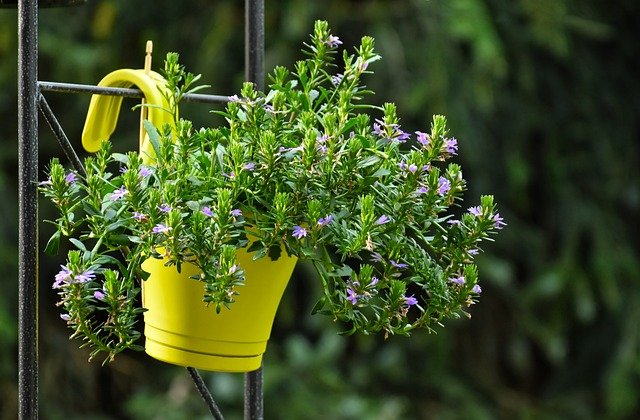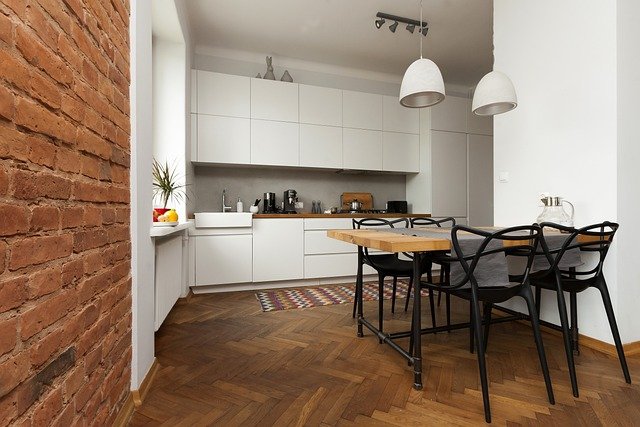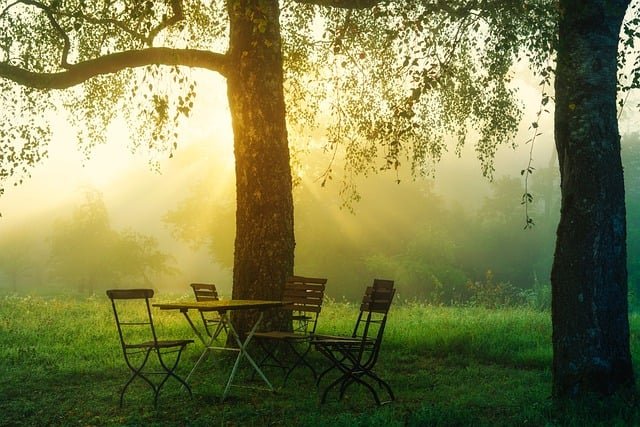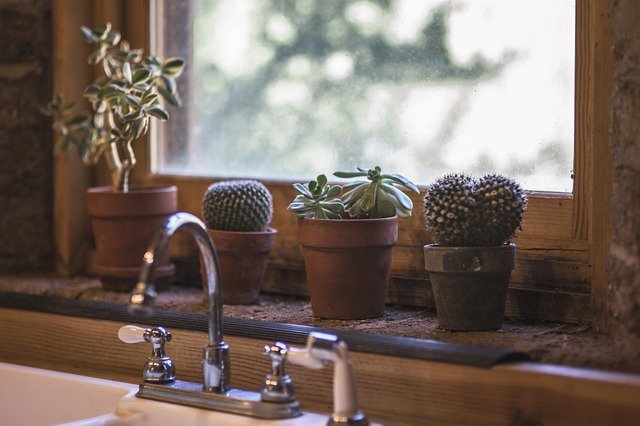Creative Container Gardening Ideas for Urban Dwellers
While helping individuals with little outdoor space to create vibrant gardens, container gardening is simple and versatile. Whether in the city or outside, it is an excellent way to learn and practice urban gardening because planting space is the biggest issue. Container gardening sorts can help create garden spaces before moving into new homes or sweeping the balcony with potted color during the year. Although it is not meant to be an in-depth scribble on container gardening, this essay explores creative ideas to make gardening more attainable. By using varied designs of planters and providing hints on picking plants for the containers, we may demonstrate how space to be cultivated can also look appealing.
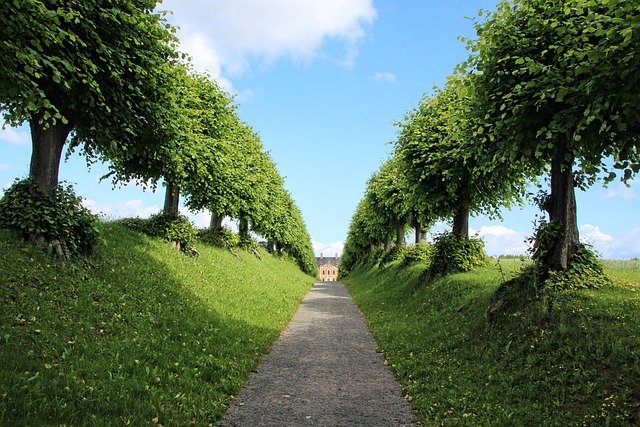
Benefits of Container Gardening
- Adaptability: Container gardening presents numerous advantages that make it an appealing choice for both beginner and veteran gardeners. Here, we delve into the perks of container gardening, highlighting its adaptability, movability, and accessibility, while also underscoring its capacity to bring the pleasures of gardening to individuals with limited outdoor space.
- Flexibility: One of the chief benefits of container gardening is its inherent flexibility. Unlike conventional in-ground gardening, container gardening allows you to cultivate plants in containers of varying sizes, ranging from small pots to larger containers such as buckets or barrels. This flexibility empowers you to tailor your garden to fit your space, preferences, and requirements. Whether you possess a small balcony, patio, or even just a windowsill, container gardening presents limitless opportunities for cultivating lush vegetation in any environment.
- Portability: Another perk of container gardening is its portability. Containers can be effortlessly relocated and reorganized to optimize sunlight exposure, adjust to fluctuating weather conditions, or simply rejuvenate the appearance of your outdoor area. This portability is particularly advantageous for tenants or individuals residing in temporary accommodations, as it enables them to transport their garden when they relocate. Furthermore, container gardens can be transferred indoors during colder seasons, prolonging the growing period and facilitating year-round gardening enjoyment.
- Accession: Container gardening opens up the realm of gardening to individuals with restricted outdoor space, such as apartment occupants, urban residents, or those with compact yards. By utilizing containers, even the tiniest of spaces, such as balconies, patios, or windowsills, can be converted into vivid and productive gardens. This accession allows people living in urban settings or regions with limited access to green areas to relish the therapeutic advantages of gardening, forge a connection with nature, and cultivate their own fresh produce.
Essential Elements of Container Gardening
Fertilize regularly
Repeated watering can leach nutrients over time, even if you use a potting mix with a slow-release fertilizer. It’s a good idea to start fertilizing regularly two to six weeks after planting, depending on the type of potting medium, watering schedule, and growth rate of the plants.
There are many options for fertilizing potted plants. An all-purpose fertilizer is a good starting point.
In addition to nitrogen, potassium, and phosphorus, which are vital nutrients for plant growth, all-purpose fertilizers also comprise zinc, iron, and manganese.
Select a fertilizer with a high phosphorus or potassium content in relation to nitrogen, such as tomato food or flower fertilizer, to promote fruit or flower production.
Soluble or slow-release fertilizers?
Soluble fertilizers dissolve quickly in water, making nutrients readily available to plants.
Soluble fertilizers are advantageous for confined plants, where nutrient loss occurs from frequent irrigation and where roots are more likely to develop, because they are simple to apply.
For optimal plant health, soluble fertilizers are preferred in situations where nutrients are required promptly, as is the case when nitrogen deficiency causes yellowing of the lower foliage on tomato plants.
Containers can also be utilized effectively with slow-release fertilizers, which gradually discharge minute quantities of nutrients in response to irrigation.
Large, rapid-growing plants might require more nutrients than those supplied by slow-release fertilizers; therefore, monitor your plants and reapply as necessary.
Adhering to the instructions on the fertilizer label is crucial in order to prevent over-fertilization, which can be detrimental to plants and result in the discharge of surplus fertilizer into the environment.
You may want to fertilize more frequently and at a lower rate to avoid nutrient loss through runoff. For example, if your fertilizer calls for one bucket per gallon and you fertilize every two weeks, try using half a bucket per gallon and fertilizing weekly.
Creative Planters for Small Spaces
Container gardening is a flexible and practical way to enjoy gardening regardless of your space limitations, gardening experience, or soil conditions. It is a creative and versatile option with beautiful results. Available to a variety of gardeners. Create an attractive container garden with these creative design ideas:
Herb Haven: Let’s start with something practical and adorable: an herb garden! Think: fresh basil, parsley, mint and more. by hand. Plant each herb in cute individual containers or combine them in one large pot. They will not only add flavor to your dish, but also a delicious aroma that will make you feel like a master chef.
Lettuce Garden: Imagine picking fresh, crisp lettuce from your small garden. Sounds incredible, doesn’t it? Make a potted salad green with a mix of lettuce, spinach, arugula, and kale. It’s like having your own little salad bar!
Explosive flowers: Who doesn’t love colorful flowers? Liven up your small space with flowering plants like pansies, petunias or marigolds. Choose compact varieties that don’t take up much space, but will still bring joy to your garden.
Little Fruity Treats: Trust me, you can grow some fruit trees in containers! Look for dwarf varieties of citrus, figs, or apples and peaches. Now you can enjoy your small garden!
Sensory Delight: engage all your senses with aromatic plants. Lavender, jasmine or fragrant geraniums give your space not only visual appeal, but also a pleasant smell.
Hang in There: Are you short on space? Don’t worry! Hang some baskets filled with hidden plants like ivy or ferns. They add greenery at eye level without taking up land.
Desert Dreams – If you like unique, water-efficient plants, why not create a small garden in the desert? Cacti and other desert plants grow in containers and can turn your space into a mini oasis.
Fairy Fun: Let your imagination run wild in a fantastic fairy garden! Combine small plants, small accessories and cute figurines to create a magical space straight out of a fairy tale.
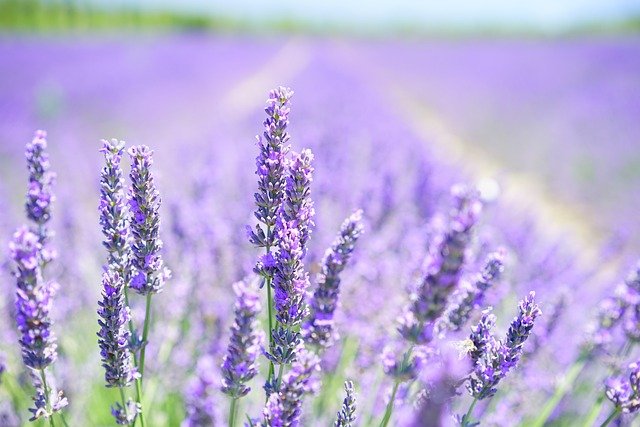
Plant Selection and Arrangement
Container gardening is an easy way to decorate any space, at home or even in the backyard. Due to their adaptable size and shape, containers can be conveniently positioned in both indoor and outdoor environments, rendering container gardening an advantageous choice for individuals residing in apartments or managing limited spaces. However, success in container gardening often depends on choosing the correct species for your container. For optimal results, consider the following when choosing your flora.
Container size
The first thing you should consider when choosing plants is the size of the container. The container should be large enough to allow for adequate drainage and root growth. When it comes to containers, larger pots are generally better because they hold more medium and therefore more water and nutrients. Always choose plants that are smaller than their pot so they have room to grow and can be trimmed if they get too big.
types of containers
Containers come in a variety of shapes and sizes, from materials ranging from peat to clay, plastic, wood and metal. Porous containers, such as unglazed terracotta and peat, absorb water and lose it to the medium more quickly than glazed, plastic or metal containers. This means that porous containers will need to be watered more frequently. If you have difficulty keeping containers moist in hot summer weather, consider glass, plastic, or metal containers. Don’t be afraid to reuse or recycle containers. Creative examples include 5-gallon plastic containers, woven receptacles, and even discarded shoes. Make sure there are drainage openings in the bottom of the containers to enable them to discharge well.
Media selection
When choosing a medium for containers, consider the plants’ soil requirements. Most plants need a medium that drains well but retains moisture. This provides the roots with enough oxygen and they can easily absorb water. Some plants, such as cacti and succulents, store water and adapt to dry environments. They grow well in a well-drained medium. The media for such mixes are often called “high porosity” and have added perlite.
Please note that adding a layer of gravel to the bottom of the pot will not improve drainage. Because of the way water moves through the small pores of the soil, it actually reduces drainage in the pot.
Combining plants
It is often convenient to combine different types of plants in the same container. It can provide amazing combinations of colors and textures in a single pot. However, when combining plants, you should be careful to choose plants with similar water, light, and nutrient needs. For example, choosing between a desert plant and a tropical plant creates inconsistencies in watering that cause one plant or the other to suffer.
Container plant size, shape, and growth factors are practical considerations to consider when choosing plants for container garden projects. But after considering all of these factors, you should also consider aesthetics or how you want your container to look.
Many gardeners use containers containing plants of different colors and textures for blended landscaping. When selecting plants for a diverse container, choose plants with the same soil, light, and water requirements. Consider combinations of plants with various growth behaviors and textures. For example, a tall plant in the center of the container can be combined with a trailing plant at the perimeter of the planter and short plants in the middle. Don’t forget about edible vegetation in diverse containers. Many herbs and foliage vegetables are appealing enough to use as garnishes. Common floral annuals used in containers include petunias, purple spring grass, bacopa, alyssum, lobelia, marigolds and begonias. For dramatic embellishments, annual ornamental grasses such as ornamental ryegrass or fountain grass are excellent choices. Mix and match plants to create a stunning and distinct container garden, shaped uniquely to your preference.
Taking these practical factors into account will help you choose plants that will thrive in any garden. Additionally, when gardeners mix different plants in containers, they increase the aesthetic value of their displays. Contact us today to learn more about container planting!

